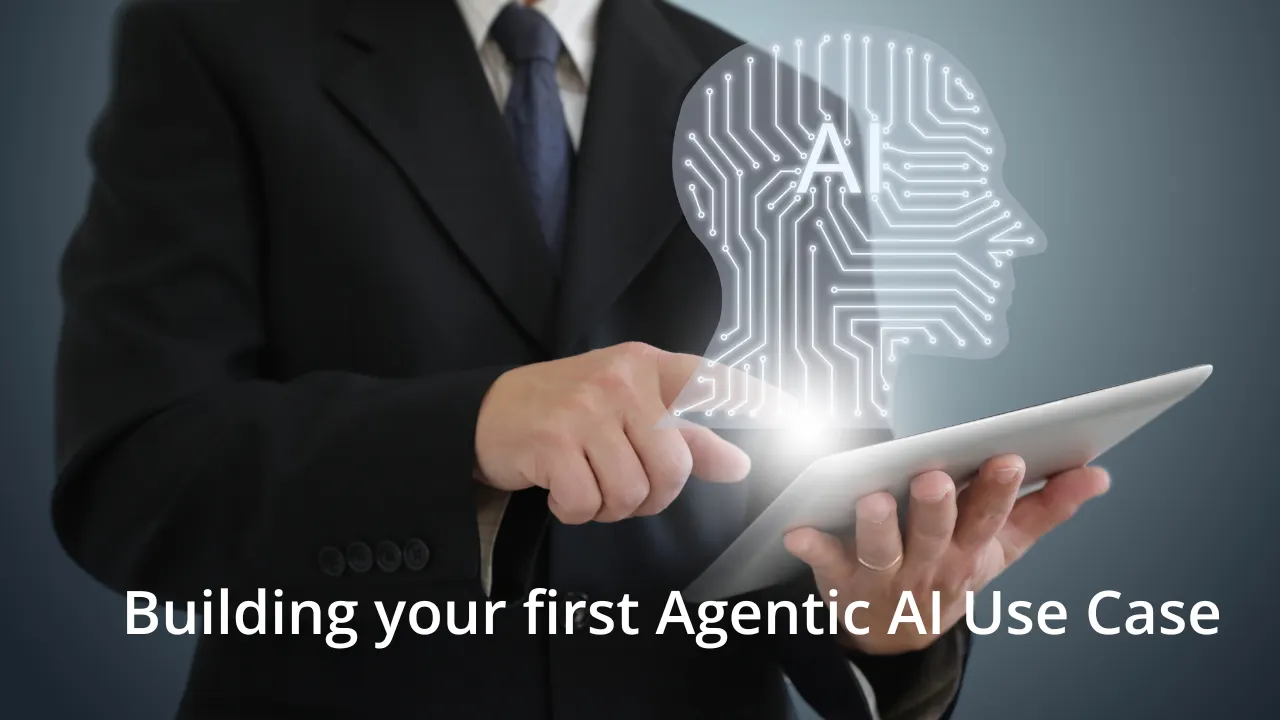As you read the title of today’s post, you may wonder what maverick spend, vendor rationalization, and change management have to do with user adoption and AI Chatbots for procurement.
The simple answer is the end of maverick spend, vendor rationalization, and change management.
“So it’s not just for information or for query, even initiation of, let’s say, a contract signing, right? You want the right template. It comes. You feed in something, your NDA comes. So, everything happens on Merlin Chatbot, even approval and signature happens via chatbot.” – Amit Shah, CMO & Head Global BD, Zycus
In today’s article, I will explain why a single and intuitive S2P access point that accommodates power users AND business users, approvers and infrequent users will address these three persistent challenges. In short, I am not talking about a run-of-the-mill “Alexis, what is tomorrow’s weather forecast” capability. I am talking about a fully interactive, intuitive chatbot through which 90 percent of everyday procurement work can be effectively and efficiently managed.
How Chatbots for Procurement Are Driving User Adoption in the Age of AI
Maverick Spend
“In a world where both public and private sector organizations are looking for a marketplace “that never stops growing and always allows both contract and non-contract participation,” these ideas – which have always been bad, by the way – are the antithesis of the new B2B world.” – Maverick Spend, Change Management and Vendor Rationalization, Procurement Insights (2013)
What is maverick spend? Virtually anyone who has been in procurement knows that it means buying off-contract or outside the scope of company-approved policy.
The real question is not what maverick spend is, but why it happens.
In 2005, I delivered a keynote to 300 Power Transmission Distributors Association (PTDA) executives.
According to their research, of the 45 percent of “their membership’s U.S.-based customers who have contracted vendors, 33 percent of all purchases were from non-contract suppliers. In Canada, the number of off-contract purchasing reached a staggering 79 percent.”
While the above numbers may seem high, at the time of the conference, they did not represent the industry exception but the rule.
Without getting into the specifics – it would take a new article to cover that ground; the cause can be summed up in one simple statement. Cumbersome technology that made it difficult for users to order and suppliers to participate meant that most contracts were limited to a few “qualified” suppliers, which did not reflect true market cost, product quality, and delivery performance.
Maverick spend was not the result of obstinate buyers refusing to use the “new system.” It was the recognition that the prescribed policies regarding the suppliers they could deal with contradicted best-value decision-making.
Vendor Rationalization
In the early days of eProcurement technology, organizations in the private and public sectors invested tens of millions of dollars to implement an ERP system in which procurement was an adjunct afterthought that took months – even years to complete.
With that much money on the line, it is no surprise that companies focused more on enforcing user compliance than real-world system adaptability. In order to streamline the implementation process and justify the licensing and implementation costs, there was a general belief that reducing the number of suppliers to the few who could readily interface with the new centralized system would generate volume discount savings and streamline the buying process.
The problem was that the expected “sustainable” savings to justify the investment never materialized because buyers knew they could usually get a better deal from a trusted, non-contracted supplier.
This disconnect meant that other measures had to be taken.
Change Management
Being old school, I remember Gleicher’s Formula for managing change – D x V x F x R.
-
- The D – dissatisfaction wasn’t with the way things were being done, but with how the new systems reduced the buyers’ ability to make best decision purchases.
- The V – vision of the desired future state was more about automation and justifying the money invested in the new systems rather than buyer and supplier engagement.
- The F – first steps towards the vision were obviously undermined by its inherent flaws, e.g., automation that reduces the number of suppliers and creates new end-user cycles without delivering the best value.
- The R – resistance to change was the predictable end result.
Real-World Application: Dow Enhances Procurement Efficiency with AI
In our ongoing exploration of artificial intelligence’s transformative impact, it’s essential to showcase how leading organizations are applying these technologies to streamline their operations. Dow, a global leader in materials science, implemented Zycus’ Merlin AI solution to enhance its procurement efficiency.
Discover how Dow successfully leveraged Zycus’ advanced AI technology to transform its procurement operations and achieve significant efficiency gains. Watch the video below to learn more about their journey and the remarkable improvements they experienced.
Download Our Whitepaper- Driving Procure-to-Pay User Adoption Through Change Management Focus
A New Duet
“In a 2002 article, Navi Radjou linked the lack of flexibility to the inherent problems of enterprise-centric applications from vendors such as Oracle. The problem is that batch-based supply-chain tools “can’t support swift resolution of supply chain glitches.” He said, “These apps need time to collect and synthesize data from multiple sources – even those unaffected by the exception at hand.”
In 2007, reports2 emerged that Microsoft was looking to purchase SAP partly to address the above and other adoption obstacles. Under the code name Mendocino (renamed Duet), the thinking was that access to the ERP back-end would be much easier if the end-user could do so through programs they were already familiar with and comfortable. I am talking about Word, Excel, and Outlook.
Looking back, the easier or more user-friendly interface approach might be considered a nascent version of today’s Chatbots.
Depending on your point of view, it was either a good or bad thing that Duet never became a reality.
Back To Square One?
In all this time, where are we today regarding user adoption?
According to an August 2022 Supply Chain Dive article, these are the current overall user adoption statistics (it isn’t just a procurement department problem):
-
- Six in 10 IT leaders are concerned end users are not adopting new tech quickly enough, endangering the return on investment for digital projects, according to an annual digital adoption report by WalkMe.
- On average, organizations waste more than one-third of transformation investments on projects that fail to meet goals, which surveyed nearly 1,500 senior business leaders across the globe.
- Companies invest in new technologies to solve a problem– optimize operations, reduce time or minimize costs. But, when end users do not adopt a piece of technology, this results in wasted resources and frustration among staff and stakeholders, according to the report.
Note that the date of the above report is 2022, not 2005, 2007 or 2013. We are talking about the digital transformation era and the emergence of AI.
The above brings us back to the opening paragraphs of this article and the single and intuitive user S2P access point, the Merlin AI Chatbot.
In my next article, I will get into the specifics of the Merlin AI Chatbot. In the meantime, you can do some advanced research through the following link: Merlin Assist- AI powered Chatbot for Procurement
Related Read:





























































